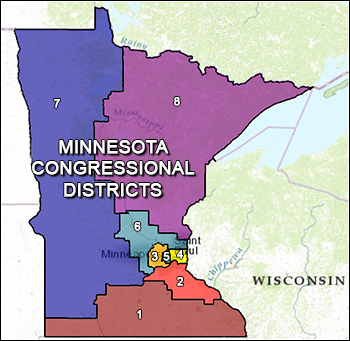Nov. 3, 2021 — Republican Glenn Youngkin claimed the Virginia governor’s race with his victory over former Gov. Terry McAuliffe (D), becoming the first Republican to win a Virginia statewide office since the 2009 election.
In New Jersey, Republican Jack Ciattarelli is fighting Gov. Phil Murphy (D) to a virtual tie, but outstanding ballots suggest the Democratic governor may barely hang on to win a second term. It was a surprisingly strong showing for Ciattarelli in such a heavily Democratic state. Though both houses of the New Jersey legislature will remain under Democratic control, Republicans appear to have added seats in both chambers.
While mail votes are still being tallied and other ballots can be received in Virginia until Friday, it appears Youngkin did exceed the 50 percent plateau with McAuliffe about two percentage points behind. The Youngkin victory helped pull his lieutenant governor Republican partner, Winsome Sears, over the top to claim the state’s second position.
The Virginia attorney general’s race features another Republican, state Delegate Jason Miyares, leading incumbent Mark Herring (D), who is running for a third term. This is the closest of the three races, so uncounted mail ballots and votes to be received after election day could make a difference. Some entities have projected Miyares a winner, and he is certainly in the better position, but the final outcome may not yet be conclusive.
Several other races are still close, but Republicans may have converted the six seats they need to re-claim the state House majority. In any event, the party gained seats.
Turnout was higher than expected in Virginia. More that 3.2 million ballots have been tabulated, meaning that more than 73 percent of the number of people who voted in the record setting 2020 election returned to cast their votes in the 2021 governor’s race. When comparing the 2017 gubernatorial election to the 2016 presidential, the return rate was 66 percent.
OHIO
In the US House, two new Ohio members-elect completed their special election victories with ease. In the vacant Cleveland-Akron seat that Housing and Urban Development Secretary Marcia Fudge (D) represented, Democratic Cuyahoga County Councilwoman Shontel Brown, as expected, easily won the congressional special general election with 79 percent of of the vote.



